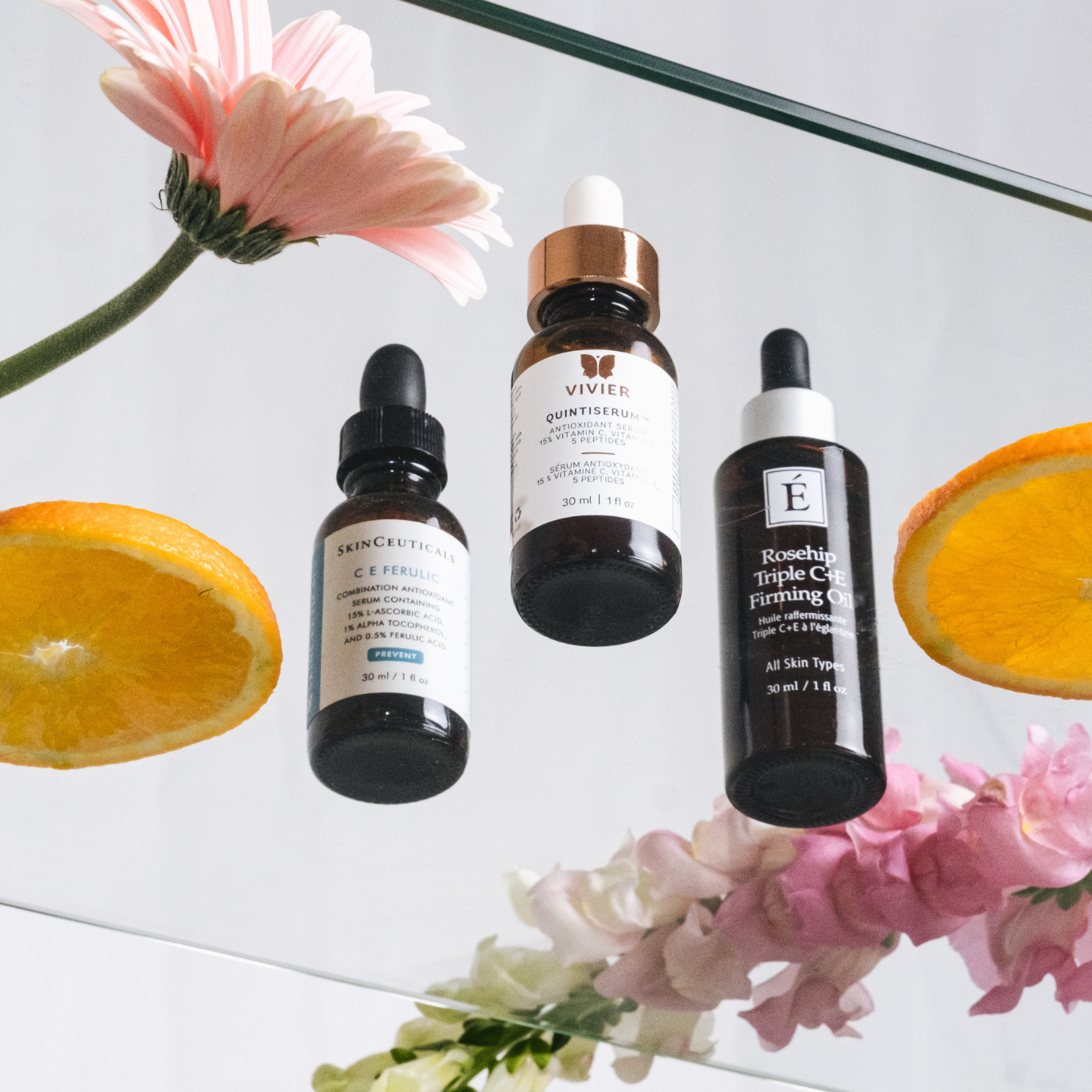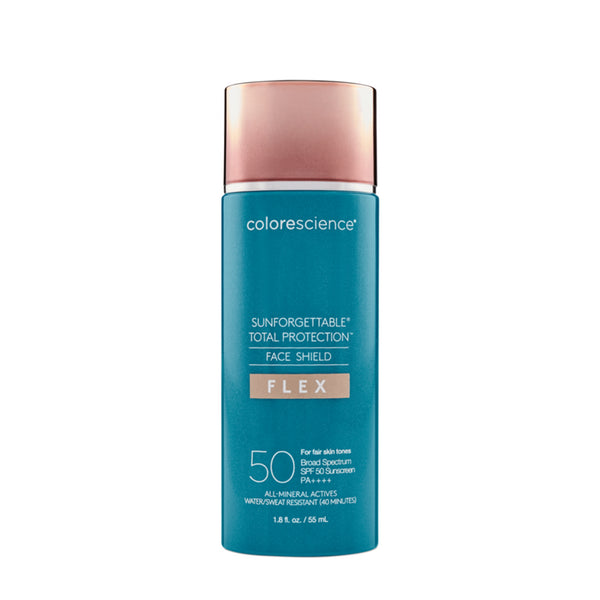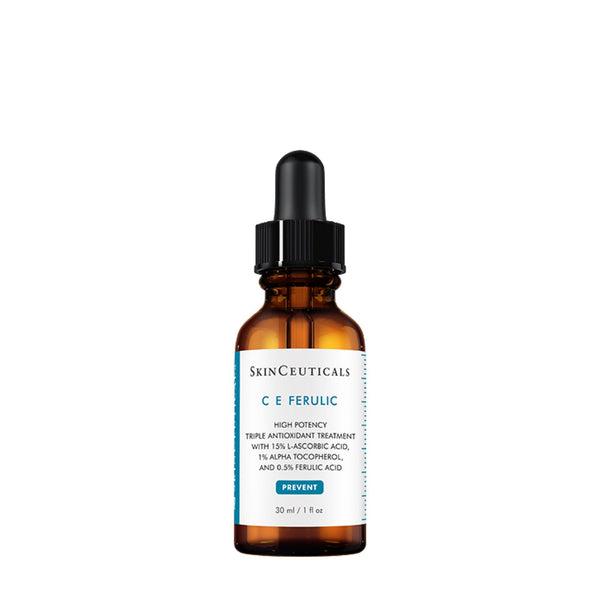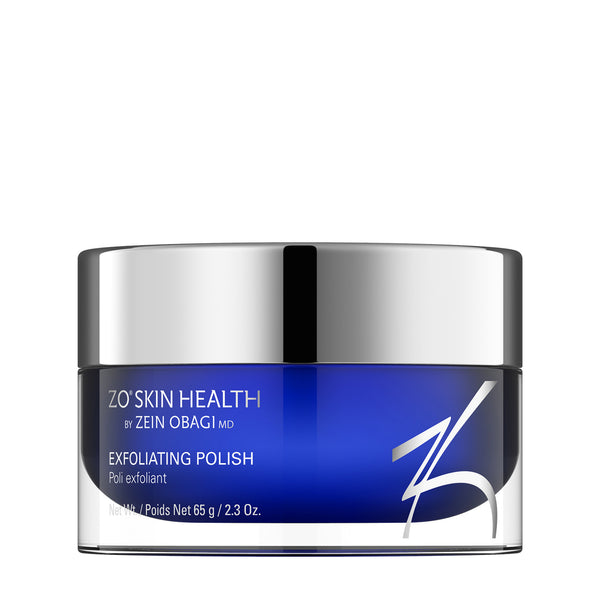
The Vitamin C Divide
Why Some Serums Work and Others Waste Your Time (and Money)
Vitamin C is among the most studied ingredients in skincare, yet it remains one of the most misunderstood. Walk into any store, and you'll see dozens of bright bottles promising glow, firmness, collagen, and clarity. The truth is that many of them cannot achieve those results because the science behind vitamin C is precise. It follows strict rules. If a formula breaks even one of these, the serum will not perform as expected.
This is the real Vitamin C Divide. On one side, you have clinically designed, research-driven serums that remain active from the bottle to the skin. On the other hand, you have formulas that oxidize, destabilize, or never penetrate properly. Same ingredient. Completely different results.
Let us look at the facts. No fuss. No marketing hype. Just the science behind why some vitamin C serums work and why the ones sold at Boutique Skin Envie consistently outperform mass-market options.
Vitamin C is not trendy. It is essential. Dermatology research has shown its value in four critical areas.
- Antioxidant protection: Vitamin C neutralizes free radicals caused by UV exposure, pollution, stress, and internal metabolic processes. When free radicals go unchecked, they damage lipids, proteins, and DNA, which leads to premature skin aging. Antioxidants like L-ascorbic acid help stop that process.
- Collagen synthesis: Vitamin C is essential for the enzymes that stabilize and produce collagen. Without sufficient vitamin C, collagen production declines. This is supported by evidence from both wound healing and photodamage studies. Topical vitamin C promotes the same biochemical pathway.
- Pigmentation control: Vitamin C inhibits tyrosinase, the enzyme responsible for excess melanin production. This is why vitamin C helps improve dark spots, uneven skin tone, and post-inflammatory pigmentation. Tyrosinase regulation is a well-studied pathway in pigmentation research.
- Barrier resilience: Stabilized vitamin C enhances barrier function by reducing oxidative stress and supporting lipid balance. When combined with ingredients like vitamin E or ferulic acid, the antioxidant network becomes notably more effective. This is due to antioxidant recycling, where one antioxidant regenerates another.
- Inflammation regulation: Vitamin C has been shown to reduce pro-inflammatory cytokines and oxidative stress in the skin. Inflammation is a major cause of premature aging, pigment disorders, and barrier dysfunction. Vitamin C helps calm these processes by lowering reactive oxygen species that trigger inflammatory cascades. This is one of the reasons vitamin C improves post-inflammatory pigmentation and supports recovery in stressed or compromised skin.
These points have been published in dermatological literature and reproduced by independent research groups. The science is not theoretical. It is confirmed.
Vitamin C is chemically unstable. That is the root of the problem. Here is what usually goes wrong:
- Oxidation: L-ascorbic acid degrades quickly when exposed to light, heat, or air. As it oxidizes, it often darkens and loses effectiveness. Once noticeably oxidized, it can no longer provide reliable antioxidant protection. This applies specifically to pure L-ascorbic acid, not to all vitamin C derivatives, which may naturally have or develop slight colour variations without being degraded.
- Incorrect pH: Pure L-ascorbic acid needs a low pH to penetrate the skin effectively. Many mass-market serums are formulated at a neutral pH to improve feel and reduce irritation, but this results in poor absorption and limited benefits.
- Weak concentration: Most dermatology research supports a concentration of 10 to 20% for meaningful results. Many mass-market formulas often fall well below this range.
- Lack of supporting antioxidants: Vitamin C works better when paired with vitamin E, ferulic acid, or lipid-based derivatives, which stabilize the molecule and enhance its efficacy. Without these, the serum's power can diminish.
- Packaging flaws: Transparent bottles or dropper bottles allow oxygen and light to break down vitamin C. A formula might be perfect on paper, but still fail due to packaging issues.
These weaknesses explain why customers often say vitamin C did nothing for them. The formula never had a chance.
A high-performance vitamin C serum, on the other hand, prioritizes stability, absorption, and biological activity. These elements define a quality formula.
- Stabilized delivery systems such as encapsulation, airless pumps, or oxygen-limiting packaging.
- Correct pH that aligns with the absorption window for L-ascorbic acid.
- Effective concentration ranges from 10% to 20%, supported by clinical evidence.
- Antioxidant partners that enhance stability and performance.
- Bioavailable forms that the skin can effectively utilize.
- Clinical validation or published data that support the claims.
That's why professional-grade formulas consistently outperform mass-market versions. They are designed to work, not just sit on a shelf.
Here are some of our favourite, science-based vitamin C options:
- SkinCeuticals C E Ferulic: This is the most extensively researched vitamin C formula in the industry. The combination of 15% L-ascorbic acid, 1% vitamin E, and 0.5% ferulic acid has been examined in peer-reviewed studies. The research demonstrates notable improvements in photoprotection and reduction of oxidative stress. Adding ferulic acid enhances stability and doubles the product's photoprotective capacity. This formula is one of the few cases with scientific backing for its specific ratios.
- Vivier C E Peptides: This serum contains 10% L-ascorbic acid of USP grade, indicating pharmaceutical-grade purity. Vitamin E supports antioxidant recycling, and the peptide complex, including palmitoyl tripeptide-5, aims to support collagen. The formulation aligns with current scientific understanding of vitamin C and peptides. Vivier products emphasize stability and penetration.
- Obagi uses pure L-ascorbic acid at levels backed by clinical research. The Professional C Serum 10% formula is suitable for sensitive skin, while the 15% formula is designed for normal to combination skin. Obagi’s focus is on antioxidant protection and visible improvements in sun-damaged skin, supported by years of vitamin C research.
- IMAGE Skincare Vital C Hydrating Anti-Aging Serum: A multi-derivative system that includes tetrahexyldecyl ascorbate, ascorbic acid, magnesium ascorbyl phosphate, and ascorbyl palmitate. These derivatives are used for their stability and penetration properties. Independent lab testing has shown improvements in brightness, hydration, and skin smoothness over four weeks. The serum also contains hyaluronic acid and vitamin E to support barrier function.
- ZO Skin Health 10% Vitamin C Self-Activating: This formula combines 10% ascorbic acid with tetrahexyldecyl ascorbate. The combination of a water-soluble and a lipid-soluble form enhances delivery and tolerance. The base includes squalane and additional antioxidants that help stabilize vitamin C. The format aligns with published research on vitamin C penetration and the performance of its derivatives.
- Alastin Skincare C Radical Defense: This advanced formula uses encapsulated sodium ascorbate within a liposomal system. Alastin combines this with a comprehensive antioxidant network that targets reactive oxygen species and helps preserve elastin. Internal clinical studies show reductions in free radical damage and improvements in skin texture and luminosity. Encapsulation is a key focus in current vitamin C research because of its stability benefits.
How to select the right vitamin C?
- Choose a formula with transparent percentages.
- Choose L-ascorbic acid or a stable, research-supported derivative.
- Check for dark, opaque, or airless packaging.
- Verify the presence of vitamin E, ferulic acid, or other stabilizers.
- Avoid serums that have become yellow or brown.
- Pair vitamin C with SPF for optimal protection.
- If unsure, get advice from a professional (aesthetician or skin expert)
Vitamin C works best when the formula aligns with scientific principles. When it doesn’t, the serum might smell like citrus but only behave like water. Professional-grade formulas deliver results because they are designed for stability, penetration, antioxidant synergy, and backed by clinical evidence.
Remember, your skin doesn’t require trendy ingredients. It needs scientifically proven chemistry. That’s the key difference. Once you understand this, choosing the right product becomes easier.
Until next time,
Beate










Leave a comment